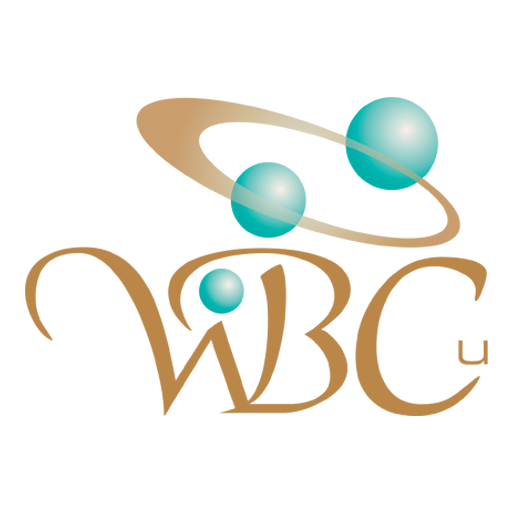
Copper: increasingly being used to promote health and well-being
From wrinkle-reducing pillow cases to ointments that improve damaged skin, copper is increasingly being used in integrative medicine to promote health and well-being, with the added anti-aging perk.
In fact, copper has been used for more than 2,000 years to treat skin diseases and improve health. The essential mineral plays a role in new blood vessel development and skin generation and expression, while also acting as a potent antifungal agent, according to a study in the journal Current Chemical Biology.
In the study, Using Copper to Increase the Wellbeing of the Skin, researchers examined the effect of copper oxide on wound healing.
They discovered wounds that were exposed to copper oxide “healed significantly faster than wounds treated with control wound dressing without copper,” or a wound dressing with silver.
Cellular activity of key proteins involved in wound healing were boosted. In fact, after day one, “there was a six-fold increase in integrins” (the proteins that are vital for wound healing). Five days after wounding, the copper oxide-treated wound experienced up to a 141-fold increase in some of the proteins that encourage collagen and elastin fiber formation.
Scientists found copper plays a role in boosting collagen, protects the skin against free radicals, prevents skin membrane damage and plays a role in skin and hair pigmentation.
Copper’s role in hair pigmentation makes sense. One of the first signs of copper deficiency is gray hair, according to Dr. Joel Wallach, author of Dead Doctors Don’t Lie. Wallach was credited for making the connection between copper deficiency and the risk of aneurysm. Because copper is essential for the synthesis of elastin, copper deficiency can result in deceased elasticity of the aorta, he notes.
The Current Chemical Biology study also highlighted past research and clinical trials into the use of copper for skin tissue health, and as a treatment for tissue diseases.
Researchers discovered difficult-to-treat chronic ulcers in diabetic patients was partly attributed to low copper levels, and exposure to copper oxide may reduce the risk of diabetics developing skin disorders in their feet.
A 2009 study in the International Journal of Cosmetic Science found individuals using pillow cases with copper oxide experienced a “statistically significantly higher reduction of wrinkles and crow’s feet/fine lines” compared to the control group. In all clinical trials studying the efficacy of copper oxide in treating and preventing skin disorders, not one adverse reaction was reported, according to researchers.
Written By Sari Huhtala
July 2021
Links:
https://www.aliveandfit.ca/copper-preventative-medicine-for-aging-skin-diabetic-disorders-and-more/


